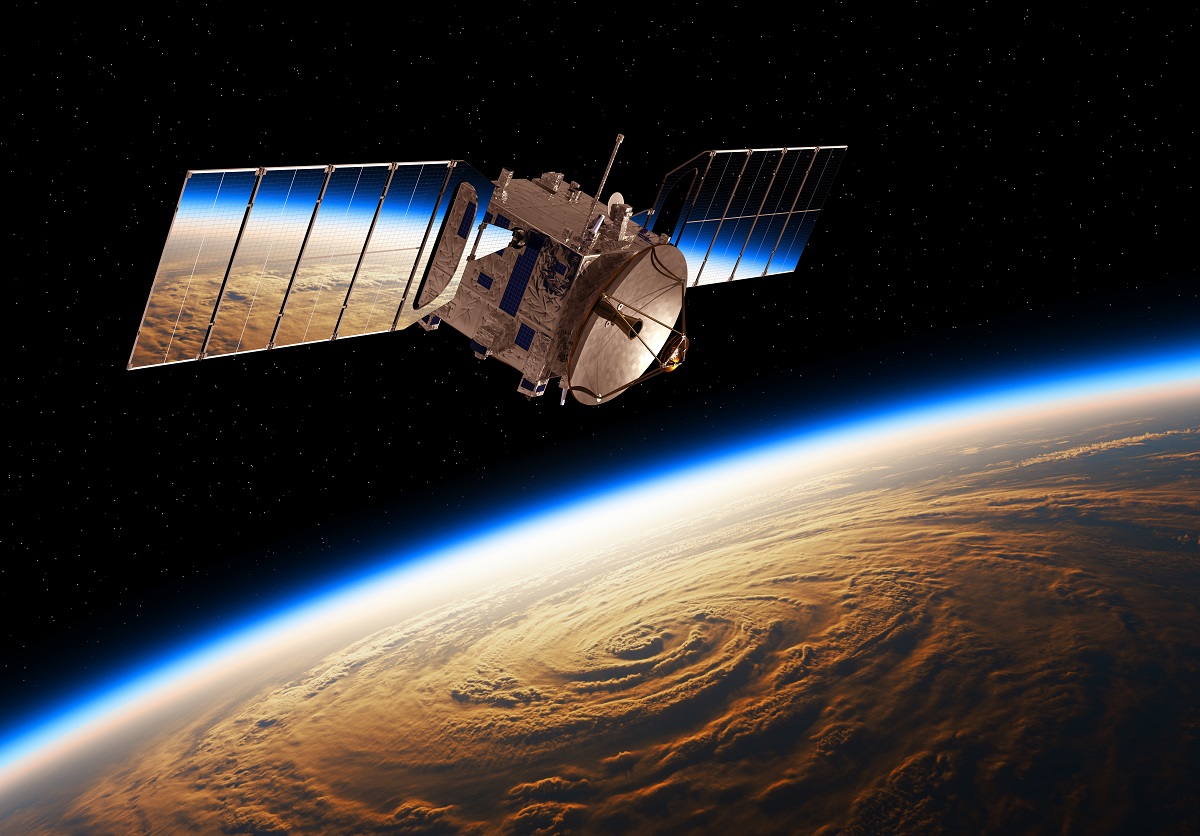Introduction:
In the realm of surface preparation and restoration, few techniques are as versatile and impactful as sand blaster. This age-old method, also known as abrasive blasting, involves propelling fine particles at high speeds to clean, smooth, or shape a surface. From industrial applications to artistic endeavors, sand blaster stands as a testament to the fusion of artistry and scientific precision. In this article, we delve into the rich tapestry of sandblasting, exploring its history, techniques, applications, and future prospects.
The History of Sandblasting:.
The origins of sandblasting can be traced back to the late 19th century when it emerged as a solution for cleaning and shaping surfaces. Initially, sand was the primary abrasive material used, hence the term “sandblasting.” However, concerns over health hazards associated with inhaling silica particles led to the development of alternative abrasives such as garnet, aluminum oxide, and glass beads.
Techniques and Equipment:
Sandblasting techniques vary depending on the desired outcome and the surface being treated. The process typically involves a specialized machine equipped with a pressurized air or water system to propel the abrasive material. Different nozzles and blasting pressures are utilized to achieve varying degrees of abrasion, from gentle cleaning to aggressive surface etching.
In recent years, advancements in technology have led to the development of automated sandblasting systems, incorporating robotics and computer-controlled precision for enhanced efficiency and accuracy. These innovations have revolutionized industries ranging from automotive manufacturing to aerospace engineering, where precision and consistency are paramount.
Applications Across Industries:
The versatility of sandblasting has led to its widespread adoption across diverse industries. In manufacturing, it is used for surface preparation prior to painting or coating, ensuring optimal adhesion and durability. In construction, sandblasting is employed to remove graffiti, corrosion, and other surface contaminants from buildings and infrastructure.
The automotive industry relies heavily on sandblasting for surface finishing of vehicle components, achieving smooth surfaces for painting and assembly. Similarly, in the marine sector, sandblasting is indispensable for the maintenance and restoration of ships and offshore structures exposed to harsh environmental conditions.
Artistic Expression:
Beyond its industrial applications, sandblasting has found a niche in the realm of artistic expression. Artists around the world have embraced this technique as a medium for creating intricate designs and patterns on glass, metal, wood, and stone. From delicate etchings on wine glasses to monumental sculptures in public spaces, sandblasting offers a unique blend of precision and creativity.
One of the most notable examples of sandblasted art is the Mount Rushmore National Memorial in South Dakota, where the faces of four U.S. presidents were meticulously carved into the granite cliffs using sandblasting techniques. This monumental work stands as a testament to the skill and vision of its creators, showcasing the potential of sandblasting as a tool for sculpting and shaping the landscape.
Environmental Considerations:
While sandblasting offers unparalleled efficiency and precision, it is not without environmental concerns. The disposal of abrasive materials and the generation of airborne dust pose challenges in terms of waste management and air quality control. In response, efforts have been made to develop eco-friendly alternatives such as water-based blasting systems and recyclable abrasives, reducing the environmental footprint of sandblasting operations.
Future Prospects:
As technology continues to advance, the future of sandblasting looks promising. Innovations in abrasive materials, equipment design, and automation are poised to further enhance the efficiency, safety, and environmental sustainability of sandblasting processes. Moreover, the growing demand for surface restoration and customization across various industries is expected to drive continued growth and innovation in the sandblasting industry.
Conclusion:
Sandblasting remains a cornerstone of surface preparation and restoration, blending artistry with scientific precision to achieve remarkable results. From its humble beginnings to its present-day applications, sandblasting has evolved into a multifaceted technique with diverse industrial and artistic uses. As we look to the future, the art and science of sandblasting will continue to shape the world around us, leaving its mark on everything from towering skyscrapers to delicate works of art.



